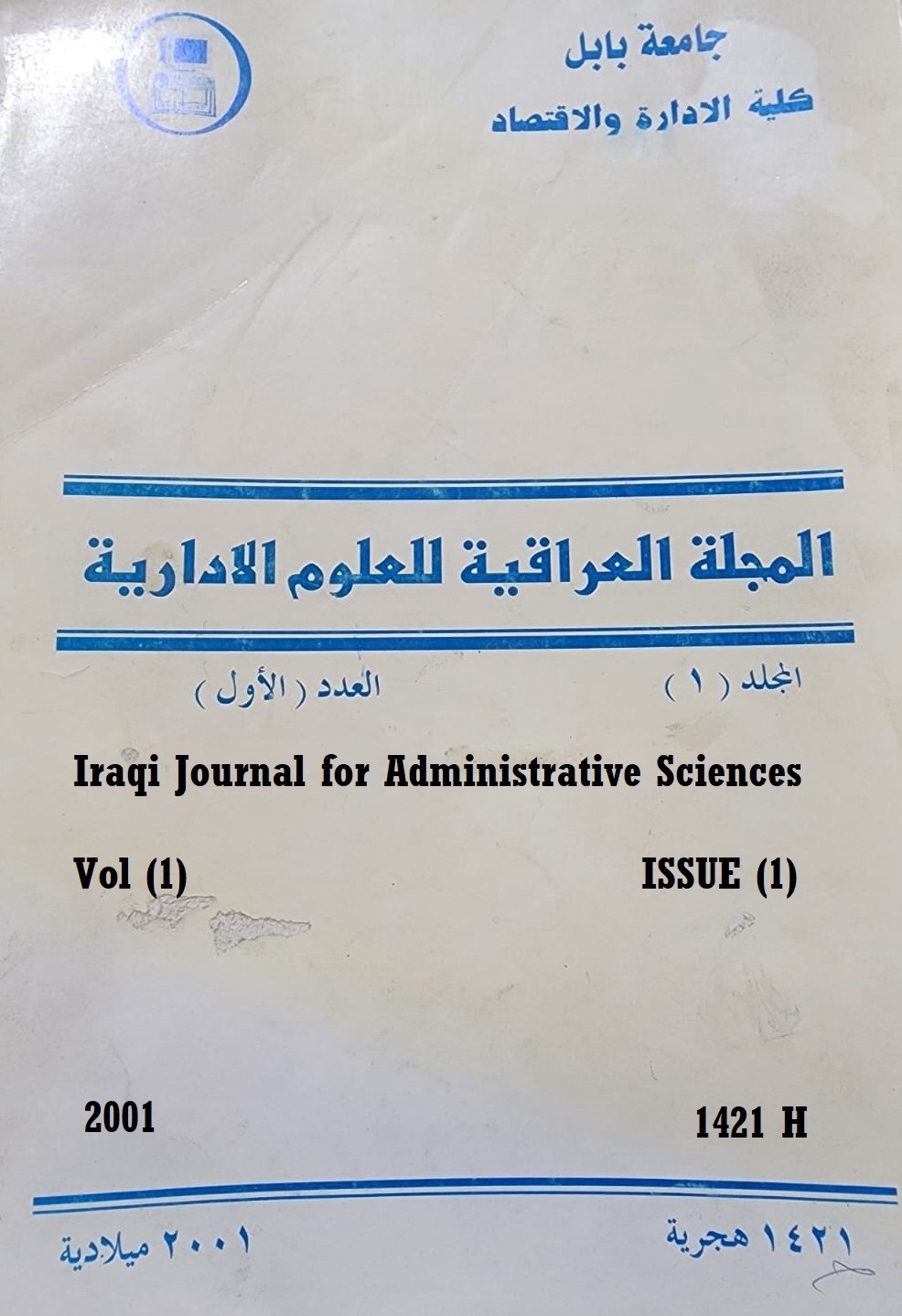The theoretical basis of the foreign exchange market and the foreign exchange rate
Keywords:
Foreign exchange markets, foreign exchange rateAbstract
Many business establishments do not consider themselves engaging in international operations. Still, they have nonetheless been affected by global developments, and these developments have affected their costs, the prices of their products, and the intense competition among them. The strongest effect has come from fluctuations in foreign exchange rates. The main difference between local financial transactions and international financial transactions is that global financial transactions are carried out in different currencies through the foreign exchange market in which individual dealers, business establishments, and many banks can trade their money. As long as the process of trading money occurs in more than one currency, it is necessary to determine the exchange rate between these currencies. Also, the currency conversion relationship is expressed in light of the relationship between the prices of these currencies. If the different foreign exchange rates do not fluctuate, there will be no difference due to dealing in several foreign currencies. As long as foreign exchange rates fluctuate, business enterprises are exposed to the risks arising from these fluctuations if they have net assets or liabilities in a foreign currency. When the net assets exceed the liabilities denominated in foreign currency, it is said that the enterprise is in a long position. Position because it will benefit if the value of the foreign currency rises, and when liabilities exceed assets denominated in the foreign currency, it is said that the establishment is in a short position because it will gain if the value of the foreign currency decreases.
Downloads
Published
How to Cite
Issue
Section
License
Copyright (c) 2001 محمد علي ابراهيم العامري

This work is licensed under a Creative Commons Attribution-NonCommercial-NoDerivatives 4.0 International License.
Authors retain the copyright of their papers without restrictions.










